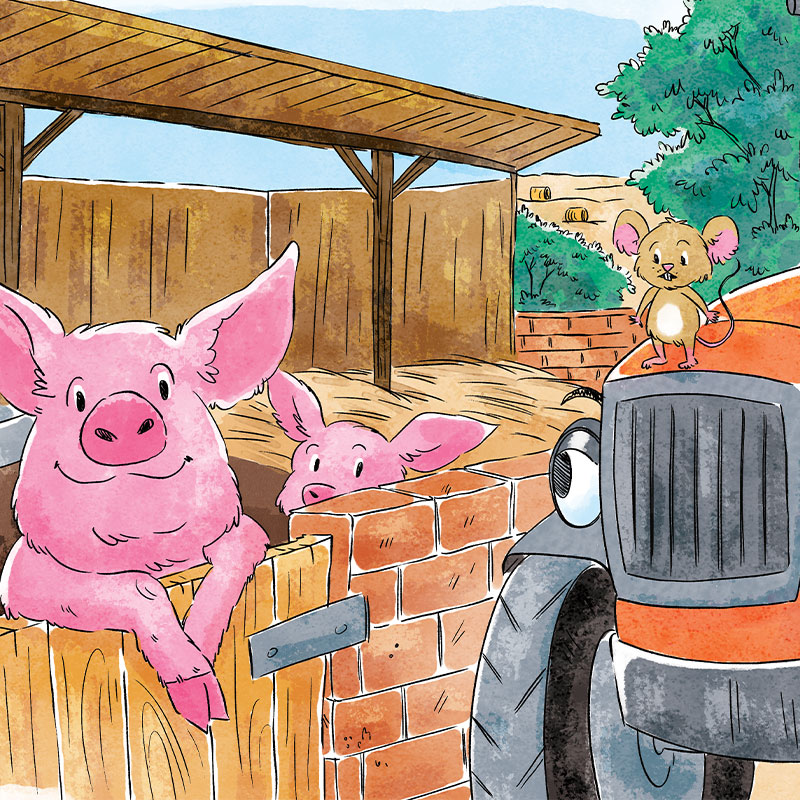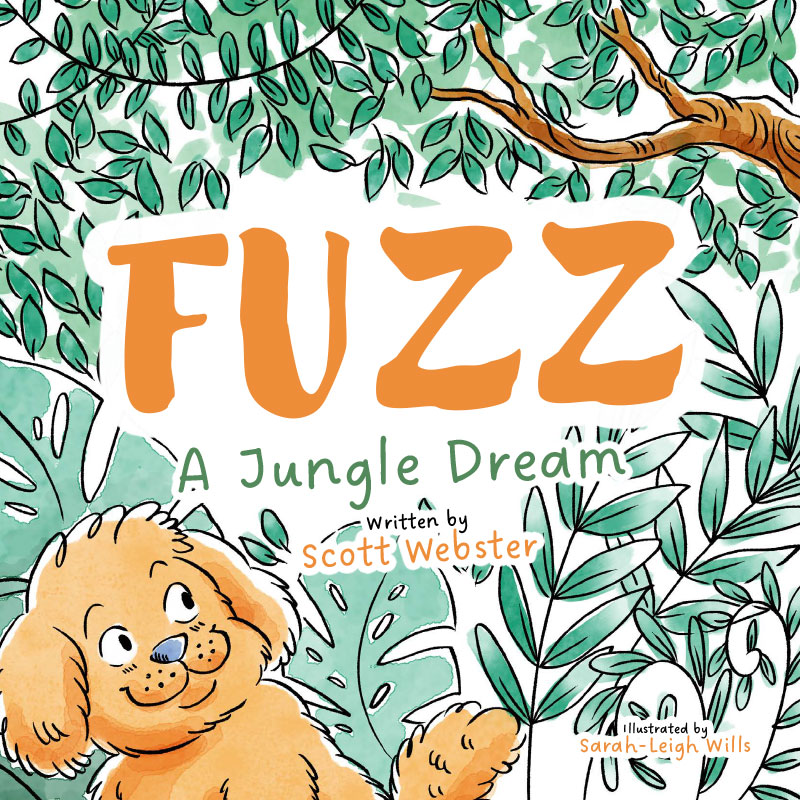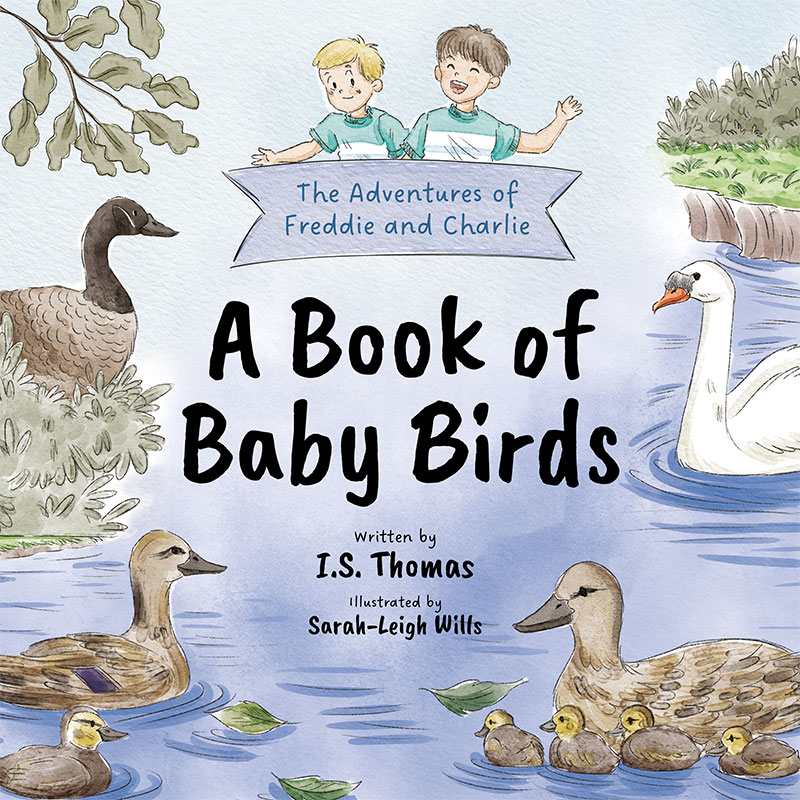Stories have an innate ability to connect with our emotions, and this is especially true for children. From the earliest fairy tales to contemporary picture books, stories serve as both mirrors and windows. They reflect the experiences of the reader, allowing children to see their own feelings and struggles mirrored in the characters and situations within a book. Simultaneously, stories act as windows into the lives of others, providing a safe space to explore emotions and scenarios they may not have yet encountered.
For a child, understanding emotions can be challenging. They may feel angry, sad, or scared without fully grasping why. Here, stories play a pivotal role in emotional development. When a child reads about a character going through similar emotions, it gives them the tools to label and understand those feelings. For example, in Judith Kerr’s The Tiger Who Came to Tea, the surreal encounter with the tiger can be seen as a representation of overwhelming emotions, and Sophie’s reaction offers a way for children to understand their responses to similar feelings.
Books like Where the Wild Things Are by Maurice Sendak also help children navigate complex emotions such as anger and loneliness. Max’s journey to the land of the Wild Things is a metaphor for his emotional journey, one that children can relate to when they feel misunderstood or out of control. Through Max, they learn that it’s okay to feel wild emotions, and that these feelings can be managed and understood.
These narratives do more than just entertain; they provide children with a framework for processing their emotions. By seeing characters work through their feelings, children begin to understand that emotions are a natural part of life and that it’s possible to navigate them successfully. This understanding is foundational in developing emotional intelligence, a skill that will serve them throughout their lives.
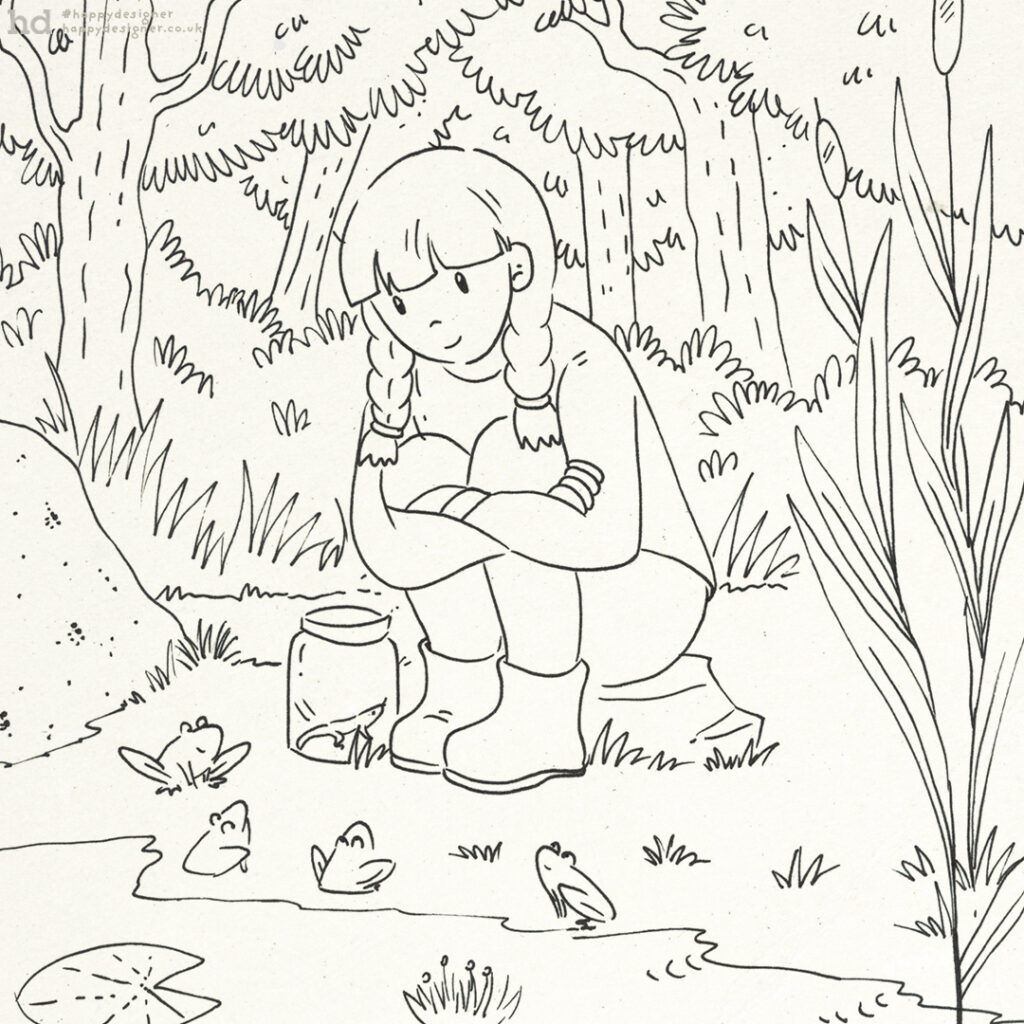
Building Empathy Through Character Identification
Empathy, the ability to understand and share the feelings of others, is a crucial skill that can be nurtured from a young age. One of the most effective ways to build empathy in children is through character identification in stories. When children see themselves in the characters they read about, they start to develop a deep emotional connection to those characters’ experiences.
This identification allows children to step into someone else’s shoes, experiencing emotions and situations from a perspective that is not their own. For instance, in Wonder by R.J. Palacio, the protagonist, Auggie, is a child with a facial difference. As readers follow Auggie’s journey, they are invited to understand his challenges and triumphs from a deeply personal viewpoint. This fosters empathy as children begin to relate to Auggie’s feelings of isolation, fear, and ultimately, acceptance.
Similarly, Charlotte’s Web by E.B. White introduces children to themes of friendship, loss, and compassion. By identifying with Wilbur, the pig, or Charlotte, the spider, children learn about the value of kindness and the pain of losing a friend. These emotional lessons are imparted not through didactic instruction but through the lived experiences of the characters, making them more impactful and easier to internalise.
Through character identification, stories allow children to experience a wide range of emotions and situations in a safe and controlled environment. This not only helps them understand their own emotions but also builds the capacity to recognise and respond to the emotions of others—key elements in developing empathy.
Emotional Literacy: Understanding and Managing Big Emotions
Emotional literacy is the ability to recognise, understand, express, and manage emotions effectively. For children, developing this skill is essential as they navigate the complexities of growing up. Books provide an invaluable resource in teaching emotional literacy, offering children a language for their emotions and guiding them in managing those feelings constructively.
Understanding emotions begins with recognising them. Books like The Colour Monster by Anna Llenas, which visually represents different emotions as colours, are particularly effective for younger children. The book helps children to associate feelings with colours, making abstract concepts more concrete and easier to understand. This visual approach not only engages children but also provides them with the vocabulary needed to express their emotions accurately.
Once children can identify their emotions, they can begin to understand them. Stories that explore the causes and consequences of emotions are especially helpful in this regard. For example, in When Sophie Gets Angry – Really, Really Angry… by Molly Bang, the narrative follows Sophie as she deals with her anger. The book offers a realistic portrayal of anger and demonstrates healthy ways to cope with it, such as taking a walk or spending time alone until the anger subsides.
Managing emotions is another critical aspect of emotional literacy, and stories can offer strategies for doing so. Books that feature characters overcoming emotional challenges provide models for children to emulate. My Many Coloured Days by Dr Seuss, for instance, allows children to see that it’s normal to experience a range of emotions and that different days bring different feelings. This understanding encourages children to accept their emotions without judgement and to find appropriate ways to express them.
Through stories, children learn that emotions are neither good nor bad, but simply a part of being human. They begin to see that while they cannot control their feelings, they can control how they respond to them. This awareness is a key component of emotional literacy, empowering children to navigate their emotions with confidence and resilience.
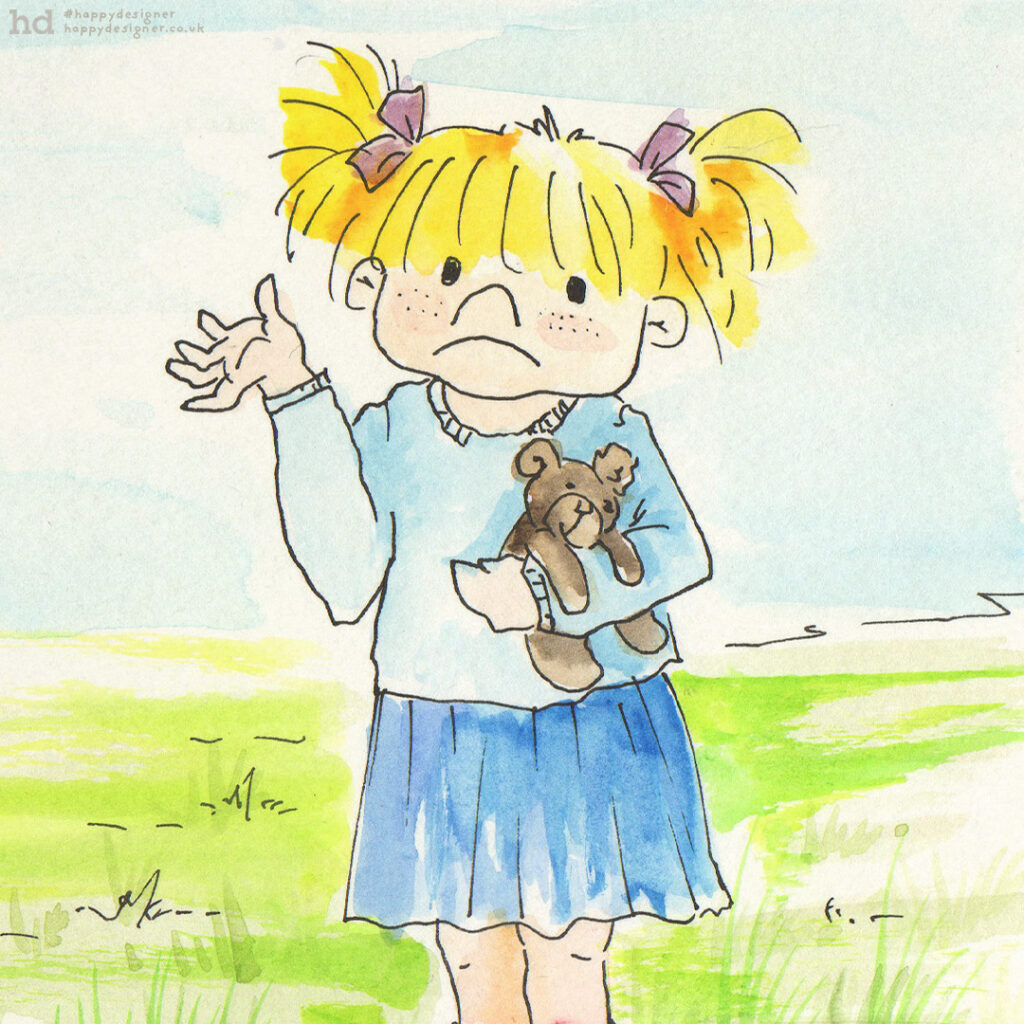
The Role of Illustrations in Conveying Emotions
Illustrations are a powerful tool in children’s books, particularly when it comes to conveying emotions. For young readers, who may not yet have the words to describe how they feel, images can provide a crucial bridge to understanding. The visual element of storytelling can make complex emotions more accessible and engaging, helping children to decode and relate to the feelings being portrayed.
In many children’s books, illustrations do more than just accompany the text; they tell a story in their own right. For example, in The Storm Whale by Benji Davies, the illustrations convey a sense of loneliness and isolation that is central to the story. The muted colours and expansive, empty landscapes visually express the protagonist’s emotions, allowing children to feel the weight of his solitude even before the text addresses it.
Similarly, in The Rabbit Listened by Cori Doerrfeld, the illustrations subtly depict the stages of grief and recovery. The progression of the main character from sadness and anger to acceptance is shown through changes in posture, facial expressions, and the surrounding environment. These visual cues provide children with a deeper understanding of the character’s emotional journey, even if they are not fully aware of it.
Illustrations also play a critical role in helping children interpret and understand emotions in others. Picture books often use exaggerated facial expressions and body language to communicate feelings clearly, which can help children recognise and respond to these emotions in real life. This visual literacy is an essential component of emotional development, as it enhances a child’s ability to empathise with others and understand social cues.
Moreover, illustrations can offer a safe space for children to explore difficult emotions. A beautifully illustrated book can make the experience of confronting fears or anxieties less intimidating. The gentle, comforting artwork in books like The Dark by Lemony Snicket, for instance, can help children face their fear of the dark in a way that feels secure and reassuring.
Illustrations are not just decorative elements in children’s books; they are integral to the storytelling process, especially when it comes to conveying and understanding emotions. Through the combination of visual and textual storytelling, books can offer a richer, more immersive emotional experience for young readers.
Practical Tips for Parents and Educators
Selecting the right books to help children navigate their emotions is crucial. Here are some practical tips for parents and educators to ensure that stories become a valuable tool in fostering emotional growth and empathy.
- Choose Age-Appropriate Books: It’s important to select books that are appropriate for the child’s age and emotional maturity. For younger children, picture books with simple text and clear illustrations, like Guess How Much I Love You by Sam McBratney, can be effective in conveying basic emotions like love and joy. For older children, more complex stories that tackle deeper issues, such as Bridge to Terabithia by Katherine Paterson, may be more appropriate.
- Discuss the Story: After reading, take the time to discuss the story with the child. Ask open-ended questions like, “How do you think the character felt when that happened?” or “What would you do in that situation?” This encourages children to think more deeply about the emotions and events in the story and to relate them to their own experiences.
- Use Books as a Starting Point for Conversations: Books can be a great way to introduce difficult topics or emotions that children may find hard to talk about. For example, a story about loss, like The Invisible String by Patrice Karst, can open up a conversation about grief and separation. By relating the discussion to the story, children may find it easier to express their own feelings.
- Revisit Favourite Stories: Children often enjoy reading the same book multiple times, and this can be beneficial for emotional development. Repeated readings allow children to explore different aspects of the story each time, deepening their understanding of the emotions involved. They may notice new details or develop new insights with each reading.
- Encourage Emotional Expression Through Art: After reading a story, encourage the child to draw or create something related to the book. This could be a picture of their favourite scene or a drawing of how the story made them feel. This creative activity can help children process their emotions in a non-verbal way and reinforce the emotional lessons from the story.
- Model Empathy: Children learn a great deal by observing the adults around them. When reading together, model empathetic behaviour by expressing your own feelings about the story and showing understanding for the characters’ emotions. This can help children learn how to empathise with others in real life.

The Long-term Benefits of Empathy
Empathy, nurtured from a young age through storytelling, has profound long-term benefits. When children develop empathy, they are better equipped to understand and respond to the emotions of others, laying the foundation for strong social relationships throughout their lives. Empathetic children are more likely to engage in prosocial behaviours, such as sharing, helping, and comforting others, which in turn fosters positive interactions and friendships.
As children grow, the empathy developed through stories continues to play a critical role in their emotional and social development. Empathy helps children navigate the complexities of peer relationships, reducing conflicts and enhancing cooperation. This ability to understand and respect diverse perspectives also contributes to greater inclusivity and tolerance, qualities that are increasingly important in our globalised world.
In the long term, the benefits of empathy extend beyond personal relationships. Empathy is linked to higher emotional intelligence, which is a predictor of success in both personal and professional life. Emotionally intelligent individuals are better able to manage stress, communicate effectively, and lead with compassion. These skills are invaluable in the workplace, where collaboration and emotional resilience are key to success.
Moreover, empathy fosters a sense of social responsibility. Empathetic individuals are more likely to engage in community service, advocate for social justice, and contribute to the well-being of society as a whole. By nurturing empathy through stories, we are not only helping children understand big emotions but also equipping them to become compassionate, responsible adults who contribute positively to the world around them.
Conclusion: Empathy in Children’s Books
Stories are a powerful tool in nurturing empathy and emotional intelligence in children. Through the characters they meet and the emotions they encounter in books, children learn to understand and manage their own feelings, while also developing the ability to empathise with others. The combination of narrative and illustration in children’s books creates a rich, immersive experience that deepens emotional understanding and fosters empathy from a young age.
For parents and educators, selecting the right stories and engaging children in thoughtful discussions about the emotions portrayed can significantly enhance the emotional impact of these stories. By integrating emotionally rich books into daily routines, we are not only helping children navigate their own emotions but also shaping them into empathetic, emotionally intelligent individuals.
In a world where emotional intelligence and empathy are increasingly recognised as essential skills, the importance of nurturing these qualities in children cannot be overstated. Through the simple yet profound act of reading, we can help children grow into compassionate, understanding adults who are well-equipped to navigate the complexities of life and contribute positively to society.
Transform your story ideas into magical, vibrant illustrations with Happydesigner—where creativity meets passion to bring your vision to life!
Further Reading
If you’re interested in exploring more about how to nurture empathy and emotional intelligence in children, here are some insightful resources:
- Voices of Your Village Podcast: This podcast series delves into topics like emotional intelligence, social skills, and empathy in children, offering practical advice and discussions with experts in the field.
- Developing Emotional Intelligence in Children: An informative blog that explores the importance of emotional intelligence in children, providing tips on how adults can model empathy and respect in their interactions.
- Feelings and Dealings: An Emotions and Empathy Workbook: This workbook offers a variety of activities to help primary school children develop emotional intelligence, mindfulness, and social skills.

